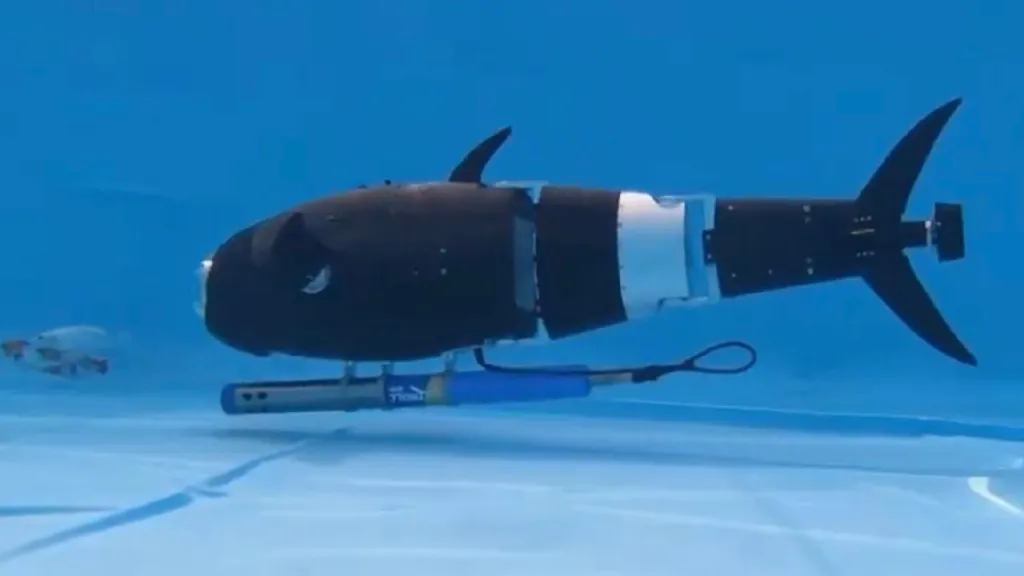In the heart of China’s Hebei province, a groundbreaking study led by Xingyu Liu from the College of Remote Sensing Information Engineering at North China Institute of Aerospace Engineering is revolutionizing the way we monitor and manage freshwater aquaculture ponds. The research, published in the journal *Ecological Informatics* (which translates to *Ecological Information Science*), is unlocking new possibilities for efficient and accurate monitoring of dissolved oxygen (DO) levels, a critical indicator of water health in aquaculture.
Dissolved oxygen is a non-photosensitive parameter, making it challenging to measure directly using traditional imaging technologies. However, Liu and his team have developed a novel method that combines UAV multispectral data with machine learning algorithms to estimate DO levels accurately. “We utilized chlorophyll-a (Chl-a) and spectral indices as input features to build a robust model,” Liu explains. This approach not only enhances the precision of DO estimation but also provides a cost-effective and scalable solution for aquaculture management.
The study involved collecting UAV images over six periods at two aquaculture ponds. Machine learning algorithms were then applied to map Chl-a concentration in each pond, and a DO estimation model was developed based on the relationship between Chl-a, spectral index, and DO. The results were impressive. The model achieved an R2 value of 0.87, an RMSE of 1.785 mg/L, and an MAE of 1.512 mg/L during the testing phase at the first pond. Validation in other periods further confirmed the model’s generalization ability, with R2 values of 0.84 and RMSE values of 2.245 mg/L.
The implications of this research are far-reaching. By providing a non-invasive and efficient way to monitor DO levels, this technology can support better decision-making in aquaculture management, leading to improved water quality and higher yields. “This method can efficiently and accurately capture the spatial and temporal distribution of DO in freshwater aquaculture ponds,” Liu notes, highlighting the potential for widespread adoption in the industry.
The study’s findings also open up new avenues for research and development in the field of agritech. As the demand for sustainable and efficient aquaculture practices grows, technologies like UAV multispectral imaging and machine learning will play a crucial role in shaping the future of the industry. The research published in *Ecological Informatics* is a significant step forward, offering a glimpse into the transformative potential of these technologies.
In an era where precision and sustainability are paramount, Liu’s work underscores the importance of leveraging advanced technologies to address real-world challenges. As the aquaculture industry continues to evolve, the integration of UAV multispectral imaging and machine learning algorithms will undoubtedly become a cornerstone of modern aquaculture management, paving the way for a more sustainable and productive future.

